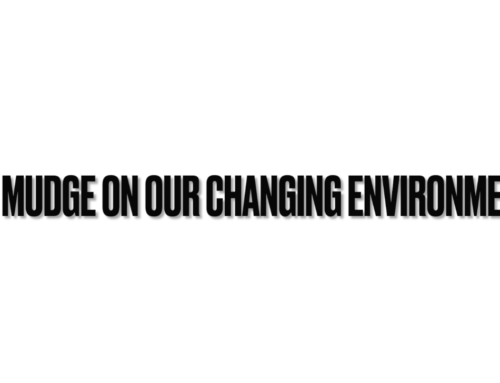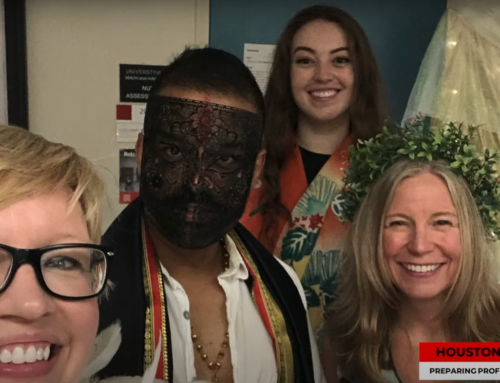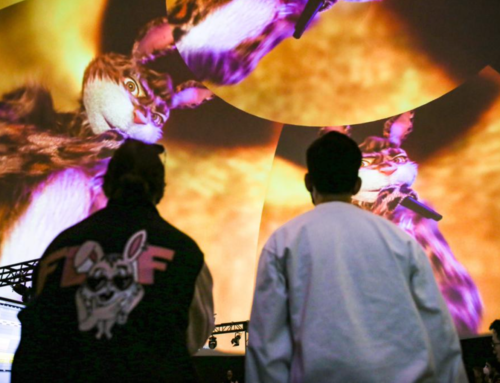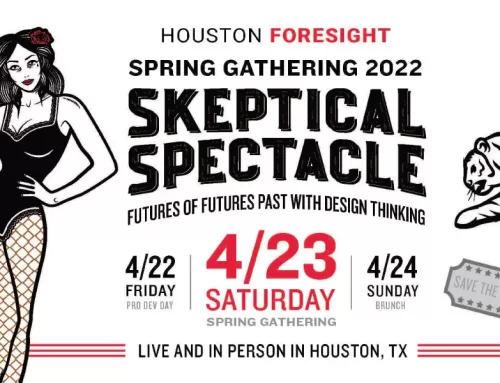As a futurist in training in the late 1980s, I came across what could be called a “transformation literature” centered in the 1970s. In doing research for my upcoming book on values changes, I wanted to revisit this literature and see what my colleagues were thinking on the topic. These writers, mostly but not exclusively futurists, envisioned a values shift remaking society that was very inspiring to me at the time and I supposed influenced my career-long interest in values changes.
My original interest came from series of articles in The Futurist. A few I recall were:
• Mead M. (1974, June). Ways to Deal with the Current Social Transformation. The Futurist, 122
• Platt, J. (1974, June). Transformation – Changes in Belief Systems. The Futurist, 124;
• Harman, W. (1977, February). The Coming Transformation: Part One. The Futurist, 105; (1977, April), and The Coming Transformation: Part Two. The Futurist, 106.
I thought of a few other writers and then asked my colleagues at APF who they would put into the transformational camp. Quickly I discovered that transformation ideas spanned quite a bit of time, so I put the parameters around the 1970s, plus or minus a decade or so. For instance, I found that the articles above were preceded by Mumford, who talked about The Transformations of Man in 1956, and before that Skinner with Walden II in 1948. And so on.
What struck me in revisiting the transformation literature and my colleague’s suggestions was how wide-ranging it was, clearly going beyond my central interest in values. I was pleasantly surprised to see that literature covering the full range of STEEP.
- Social
Perhaps the most emblematic work of the transformation Willis Harman and SRI colleagues (including our ownUH Futures Studies professor Oliver Markley) who perhaps carried the banner longer and with more enthusiasm than most. Harman’s Futurist articles noted above were based on the SRI Changing Images of Man (see http://www.imaginalvisioning.com/changing-images-of-man/ for other contextually useful information). These ideas evolved into a book Global Mind Change in 1988 talks about how our “fundamental assumptions” are changing from an emphasis on the material to the experiential, intuitive or spiritual ways of knowing—the precise changes I’m exploring for my values book.
Futurist Robert Theobald was another prolific “transformationalist” with works spanning decades from 1960s to 1990s, ranging from The Challenge of Abundance in 1962 to An Alternative Future for America’s Third Century in 1976 and summed up neatly in a 1999 presentation on “The Fourth Story,” suggesting society’s need for a new story.
Marilyn Fergusion’s 1980 Aquarian Conspiracy perhaps most explicitly focused on values shifts . She captured the essence of the New Age Movement and painted an exciting vision of the future, in which New Age values would be integrated into business, medicine, religion and other public and private institutions.
- Technological
The underlying science behind technological developments received the most focus of the transformational literature. Harman and his team dealt with the topic extensively. Kuhn’s famous 1962 work The Structure of Scientific Revolutions on the influence of existing paradigms set the stage for transformative thinking. Prigogine’s Self-Organization in Non-Equilibrium Systems in 1977 and Capra’s The Turning Point in 1982 argued against the mechanistic universe concept and that science needs to develop the concepts and insights of holism and systems theory to solve society’s complex problems.
In 1980, Toffler’s Third Wave suggested a technology-driven socio-economic transformation from industrial to information society. This work reinforces the that values changes do not happen in isolation. The social, culture, political, and economic systems are influenced as well. ConsumerShift put values at the center, but one could make a strong case that economics or politics or technology could just as easily by the central focus. At the University of Houston Futures Studies program, for example, we teach a course on Social Change that suggests there are at least ten prominent theories of what drives long-term social change. There is no “correct” theory and most who take the course conclude that it’s a mix of theories rather than one single driver.
- Economic & Environmental
Many cite Rachel Carlson’s Silent Spring in 1962 as a landmark work that began a transition to a new way of thinking. It represents that strong strand of environmental thinking—now referred to as Sustainability—that influenced transformational thinking. The need for transformative thinking regarding the environment became a prominent theme, highlighted by works such as Paul Ehrlich’s 1968 Population Bomb, Ernest Callenbach’s 1975 Ecotopia, an ecological utopia, and in 1979 Gaia by James Lovelock captured his hypothesis first proposed in the 1960s as a result of work for NASA that suggested that the living and non-living parts of the Earth form a system that can be thought of as a living organism.
A complementary environmental thread with a more pointed economic focus also emerged around this time. In 1972 The Limits to Growth raised the provocative idea that current growth and consumption rates were not sustainable over the long term. They used a global systems dynamics model that identified an “overshoot and collapse” phenomenon in which growth rates would proceed beyond the ecosystem’s ability to replenish. This was the first of several works sponsored by the Club of Rome, which was formed in 1968 by small international group of industrialists and other professionals convened by Italian industrialist Aurelio Peccei and Scottish scientist Alexander King. They commissioned several studies suggesting that short-term thinking was overlooking the potential for long-term trouble in terms of over-use of resources.
The next year, 1973, Small is Beautiful by EF Schumacher introduced the ideas of Bhuddist Economics to Western thinking. His argument was similar to Limits to Growth albeit reached from his perspective as an economist.
The Eastern influence also showed up in the technology realm, with Robert Pirsig’s Zen and the Art of Motorcycle Maintenance 1974 and the popular The Dancing Wu Li Masters by Gary Zukav in 1979. Hazel Henderson took up the transformation economics banner in the 1980s with several works, such as The Politics of the Solar Age in 19888.
- Political
In 1968 Theodore Roszak’s The Making of a Counter Culture captured the “underground” counter-culture movement of the sixties in the US. It is suggests the political dimensions of the transformation. When I talk about the values shifts with audiences today, I note the origins of postmodern values in the counterculture on the fringe of mainstream society, when they were held by just a tiny percentage of the population. This fringe grew and the values gradually, over the course of a generation, infiltrated to the roughly 25% postmodern today.
Lastly, the transformation idea also made its way into the business community, albeit a bit slower. This was perhaps capture best by Joel Barker’s work on Paradigm Shifts, which he started in the 1970s and took off in 1986 with his release of the popular Paradigm Shift video.
In retrospect, a lot of what was forecast has happened, just that it’s been so gradual as not to be noticed. It’s been more of a boiling frog “transformation.” Andy Hines




